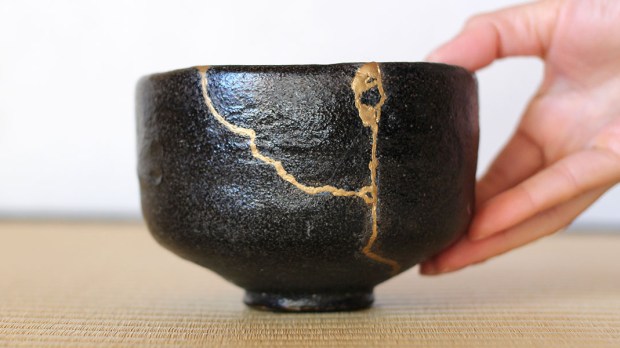The word kintsugi literally means “golden joinery.” The term was coined to refer to the 15th-century Japanese technique of repairing chipped or broken porcelain or earthenware with a filling material mixed with gold. Today, these repaired items are found in museums, private collections, and family inheritances as works of art and heirlooms.
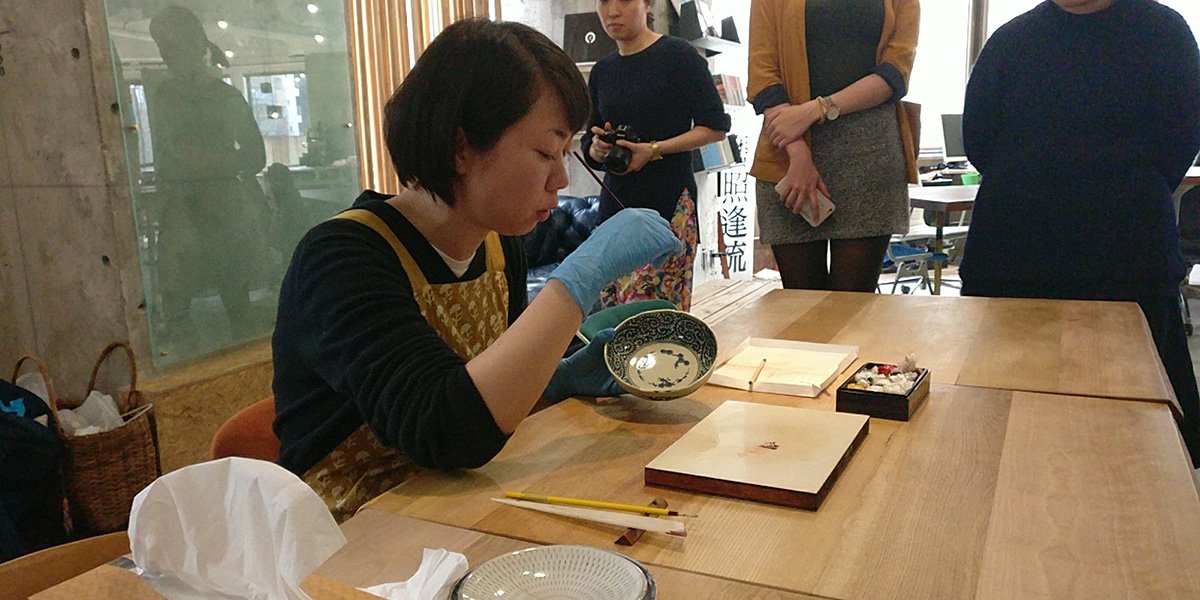
Repairing a broken plate or bowl with golden filling makes the piece more beautiful, and is a way of showing that the piece has a valuable history. The same also happens with our heart. Why not transform our emotional wounds and bad past experiences from throughout our lives, turning them to our advantage?
Kintsugi can teach us various ways to be strong and resilient in the face of past, present, and future suffering. Here are some life lessons we can draw from this ancient art:
Don’t be afraid to remember
Your past is like a puzzle; examine, number, and assemble the pieces. Look at your personal history not so as to ruminate on your wounds, but to be more realistic and to rebuild yourself. In this way, you’ll see each wound for what it is, and have more respect for your life as a whole. Don’t bury your head in the sand; face the past as something that forms part of you and which offers life lessons for your future.
You need glue
The original art of kintsugi uses a glue based on a mixture of rice flour and “urushi” lacquer (resin from the lacquer tree). This lacquer in its raw form is toxic, but when it’s given time to dry and cure, it’s extremely useful as an adhesive and beautifying polish.
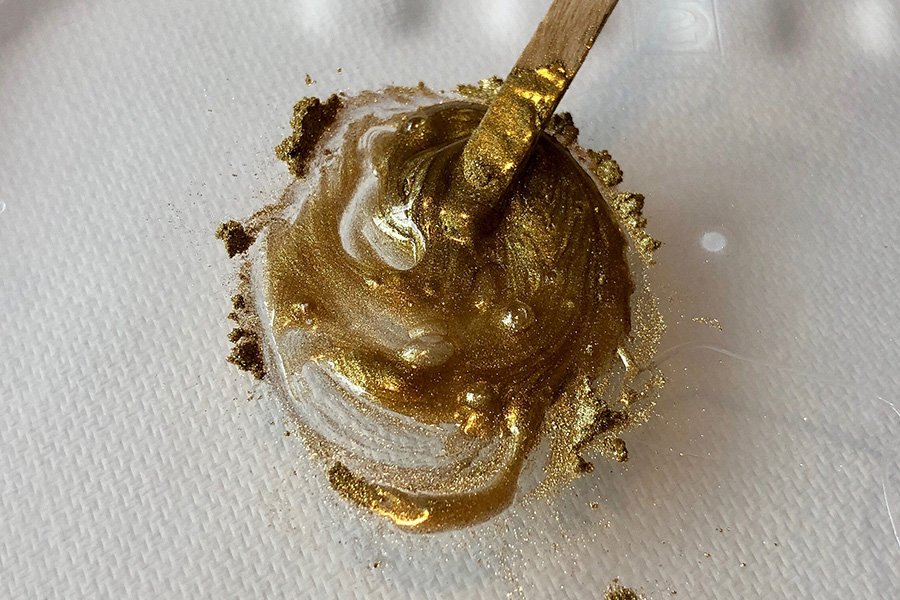
When suffering comes to a person with Christian spiritual values, the words of St. John of the Cross apply: “Where there is no love, put love, and you will find love.” If we treat our emotional wounds with forgiveness and love, the healing of that wound will bring great value and strength to our life.
God wants you whole
It’s neither realistic nor healthy to want to bury part of your personality or your past. Remember that your present and your future are built using everything that has gone before, to give you new strength.
Are there pieces missing?
In kintsugi, sometimes you discover that, when reconstructing a broken item, a piece is missing. If that happens, the missing piece can be created from rock dust and flour, mixed with lacquer, making a new piece to fill in the gap. The rock dust is called “tonoko.”
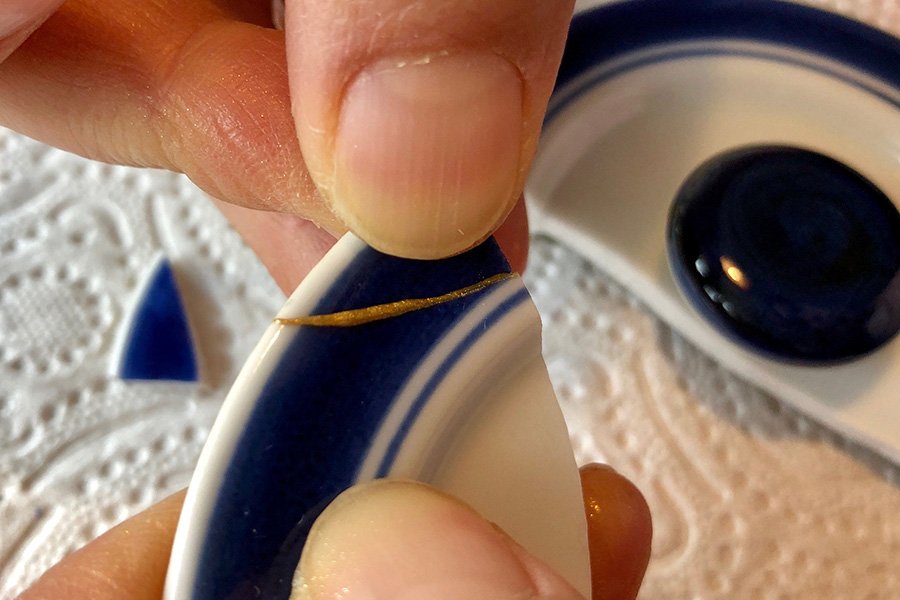
It’s important to reflect on what makes us — or has made us — suffer; sometimes, the problem is that something or someone is missing in our lives, and the unrecognized or unaddressed need is causing our problems. We musn’t be afraid to recognize that we are not totally self-sufficient.
You can complete the repair with help from others.
In the fight for emotional health, it’s important to remember that we are not alone. Sometimes, depression and sadness make us think that no one will help us, that we do not want to be a burden, that we don’t want to bother anyone about something that is only our own concern. But that should not be the case.
In kintsugi you can use pieces that were part of other broken objects to fill in gaps. The mixture enriches and completes the final product. The same is true of our emotional wounds. We need to turn to our friends for help. Invite a trusted friend to your house to drink coffee and talk about your problems. Integrate your family and friends into your life, along with all the people who are an inspiration to you, for whatever reason.
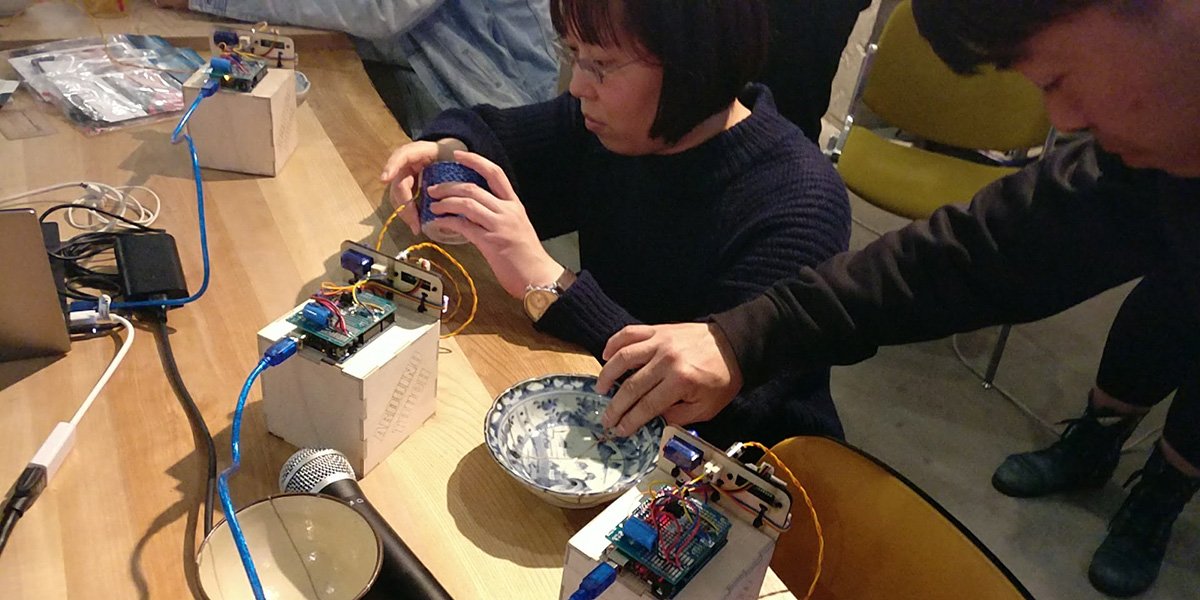
Persevere
Be constant, day after day. When in kintsugi we are gluing pieces together, we need to spend time holding them together until the glue dries. This requires patience and calm. It gives us time to reflect on the meaning of what we’re doing. In our lives, we need to be patient, reflect, and form good habits, and that doesn’t happen instantaneously. We need to persevere, putting gentle daily pressure on ourselves until our character or life solidifies into a new and better form.
Breathing is key
When we glue pieces together, the adhesive resin needs time to “breathe,” to dry and harden. We also need time to stop working, to breathe fresh air, to calm down. That could mean a good night’s sleep, which science tells us is essential in many ways: for consolidating and “solidifying” what we’ve learned and our memories of the day, for allowing our body to heal, and more. “Breathing” in this sense can also mean literally getting good amounts of oxygen into our system through activities like physical exercise or singing. Simple breathing exercises are also proven to help us cope with anxiety, making us more resilient.
Cultivate your uniqueness
Did you know that in some pieces of kintsugi, the cracks are turned into part of a drawing? The craftsmen use gold paint to integrate the repaired cracks into a beautiful image. What some people do after overcoming a difficulty or an illness is to become coaches to help others overcome the same problem. When you have overcome a problem, it gives you unique authority and experience to help others, taking what may have been a tragic or physically painful experience and transforming it into part of a greater “landscape” of love and generosity.
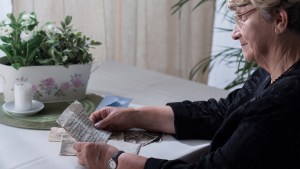
Read more:
How can you live happily today if painful memories hold you back?
